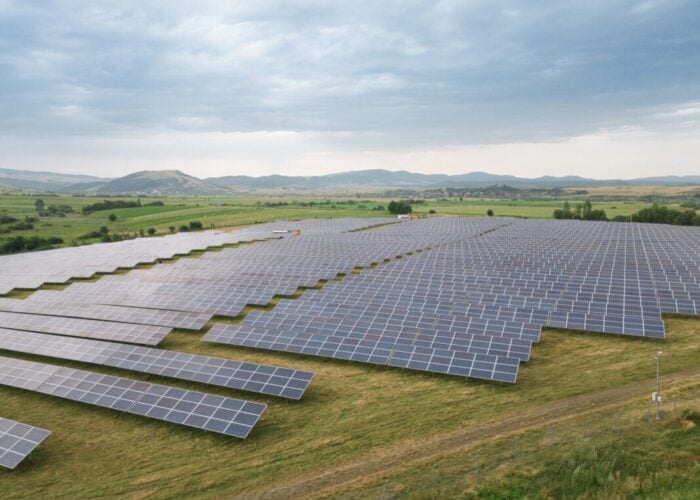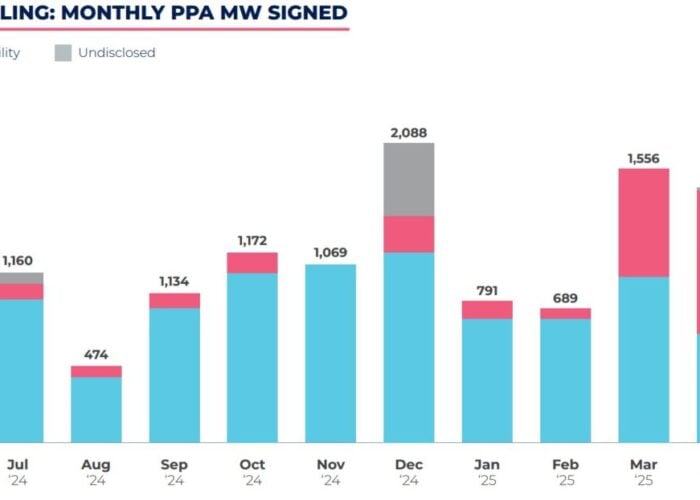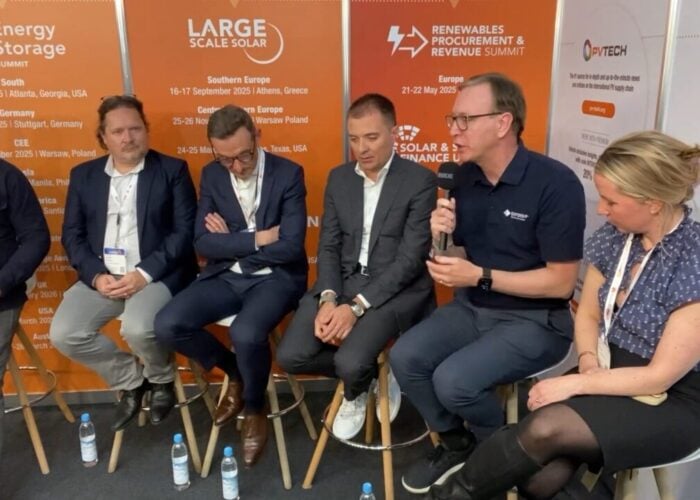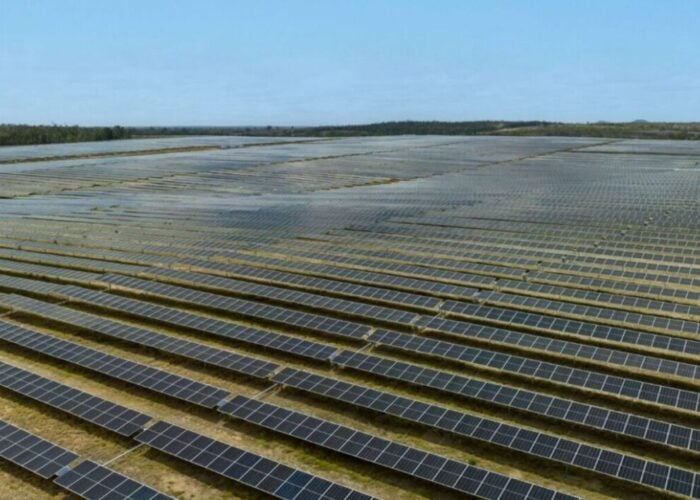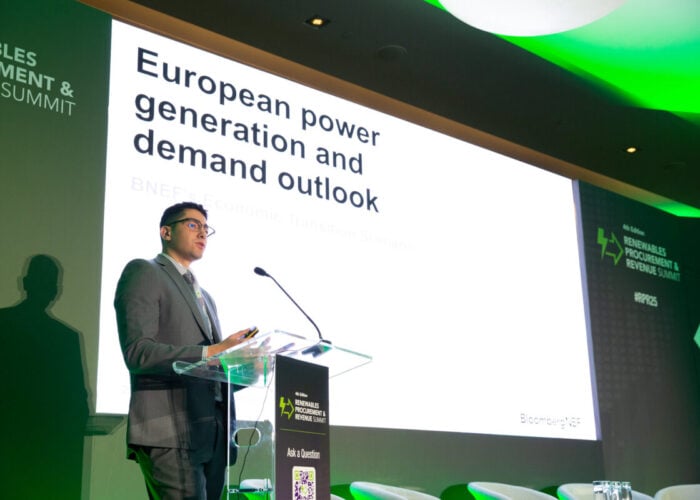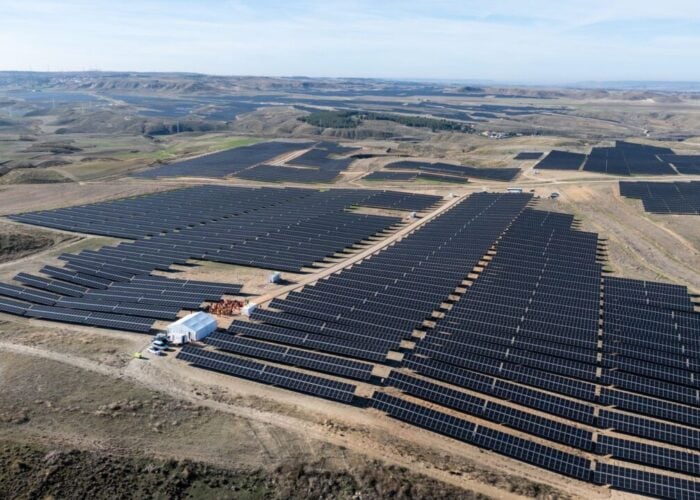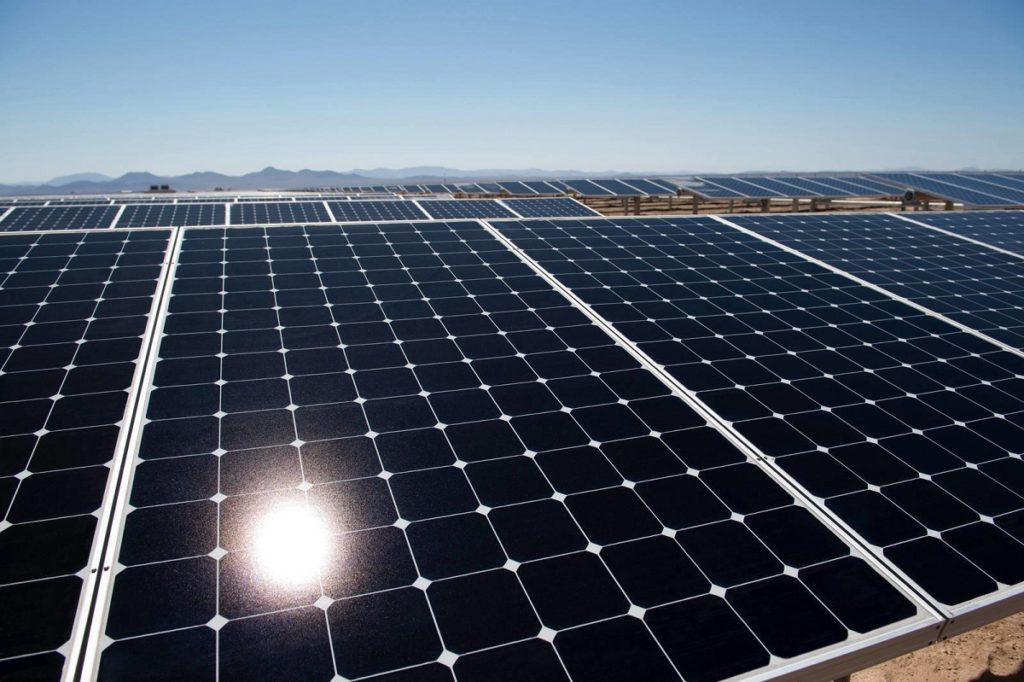
As the solar industry has matured and sustainable investment has moved up on the global market’s list of priorities, power purchase agreements (PPAs) have become a mutually beneficial arrangement between developers and the corporate world.
PPAs were one of the key focal points of our Solar Finance & Investment Europe (SFIE) virtual conference in February this year, as more countries in the European market have moved away from exclusively subsidised development models. Construction material maker HeidelbergCement became what is thought to be the first PPA offtaker of solar in Poland earlier this year, while software platform Pexapark has predicted that Europe’s solar capacity contracted under PPAs could exceed 10GW by the end of the year.
Unlock unlimited access for 12 whole months of distinctive global analysis
Photovoltaics International is now included.
- Regular insight and analysis of the industry’s biggest developments
- In-depth interviews with the industry’s leading figures
- Unlimited digital access to the PV Tech Power journal catalogue
- Unlimited digital access to the Photovoltaics International journal catalogue
- Access to more than 1,000 technical papers
- Discounts on Solar Media’s portfolio of events, in-person and virtual
A report from BloombergNEF published in January found that corporations bought 18% more clean energy last year compared with 2019, and positioned Amazon as the corporate leader on solar PPAs. With COP26 on the horizon for November this year – although there is now some speculation regarding this date – Jing Liu, assistant general manager of structured finance at Sumitomo Mitsui Bank (SMBC), told panellists at the SFIE conference the climate summit could “push momentum” on private companies to undertake PPAs with developers to either meet or exceed their own climate targets.
Opening up the market
What was once a space dominated by utilities and tech giants has now started to include other household names, but smaller businesses with different electricity needs will also require slightly different financial models.
“I definitely believe this is going to take off,” says Andrea Grotzke, head of energy solutions at BayWa r.e, “but I think there are a couple of challenges here”. Large corporates, she says, have facilities all over the world which have large power demands and are far more likely to have “done their homework” with respect to how and where they find it.
But there are also a lot of smaller companies that have quite a lot of demand, she says, adding: “so it’s still interesting for them to enter into these kind of decision making processes and this kind of negotiation.”
“However, they have to prepare, and then they have to really also take an entire team on board in order to make that happen.”
Identifying a developer partner to work with, and finding the best pricing structure, is crucial for entities with less room for manoeuvre.
For a power generator to be comfortable with an offtaker, they have to perform a certain level of due diligence to “confirm that they expect that counterparty to be trading at that point in time”, says Ricardo Piñeiro, head of UK Solar at investor Foresight Group. “That’s why it’s so important to work with a Blue Chip entity that ticks a lot of boxes. It makes the process extremely simple compared to an SME.”
However, James Armstrong, founder and managing partner of investment group Bluefield Solar Income Fund, believes the corporate market, particularly where direct-wire installations are concerned, is “very underexploited”, and “should be a very big area of growth in the future”.
More sophistication
While our interviewees agreed that no “groundbreaking” new structures have been developed to accommodate new energy buying businesses, there has been some tinkering around the edges. During our virtual event with industry leaders last month, shorter contracts, base-loading and bundling were all posited as models that could suit a wider range of corporate offtakers in the future energy market.
BayWa r.e., for example, secured a bundled, virtual PPA for a solar plant in 2019, with five global brands (Bloomberg, Cox Enterprises, Gap Inc., Salesforce and Workday) offtaking just under half the capacity of a 100MW plant in Carolina.
Virtual PPAs in and of themselves have also become an interesting instrument to help coroporates reach their decarbonisation targets, says Grotzke.
“We’re starting to see options as well to have financial hedges,” says Piñeiro, as well as those that focus more on the base load volume where risks are more manageable from the offtakers’ point of view.
As different companies come into the fold, PPA length has also become a challenge. Developers want to know they can guarantee the sale of the power they produce at a good price for at least the next decade, but SMEs, Armstrong notes, will be “looking to try and lock (themselves) into a contract for the shortest duration possible”, which makes direct-wire agreements more complicated.
UK utility Thames Water, for example, has worked with Bluefield Solar to install dozens of solar arrays across its network. “In some ways it’s easier for someone like Thames Water to enter into a long term PPA,” he says, “because they have long term-leases or ownership of their land and they know that their infrastructure is going to be there for longer than the certifiers. But if you’re an SME, and you have maybe a five year lease on the building, you’re not going to be able to enter into something which is longer. Therein lies the tension.”
Armstrong says that, although shorter power agreements are not ideal for all developers, the PPA providers “will need to think flexibly about how they can deliver it, and I think having shorter, more flexible contracts is probably one of the routes to go down.”
However, this may also become more realistic when projects that were previously commissioned under government subsidies run out of their original contracts, according to Grotzke.
“For new projects, it’s still the case that the developers seek long term structures,” she says, and if the corporate buyer, like so many that are aiming for strict net-zero targets, “need additionality” to reach them, “then it’s going to be difficult”.
“However, there are also companies that don’t have that strict target on originality. That would mean for those companies it’s easier to procure renewable energy via short term contracts.”
Grotzke pointed to some examples of subsidised wind farms in Germany which have been commissioned under 20-year tariffs. “Now the first wind projects will run out of the tariff, and there are opportunities to procure power from those projects because they are written off they if they don’t engage into repowering.”
“It could be a match between those projects and between the corporates who don’t have the strict targets on additionality.”

